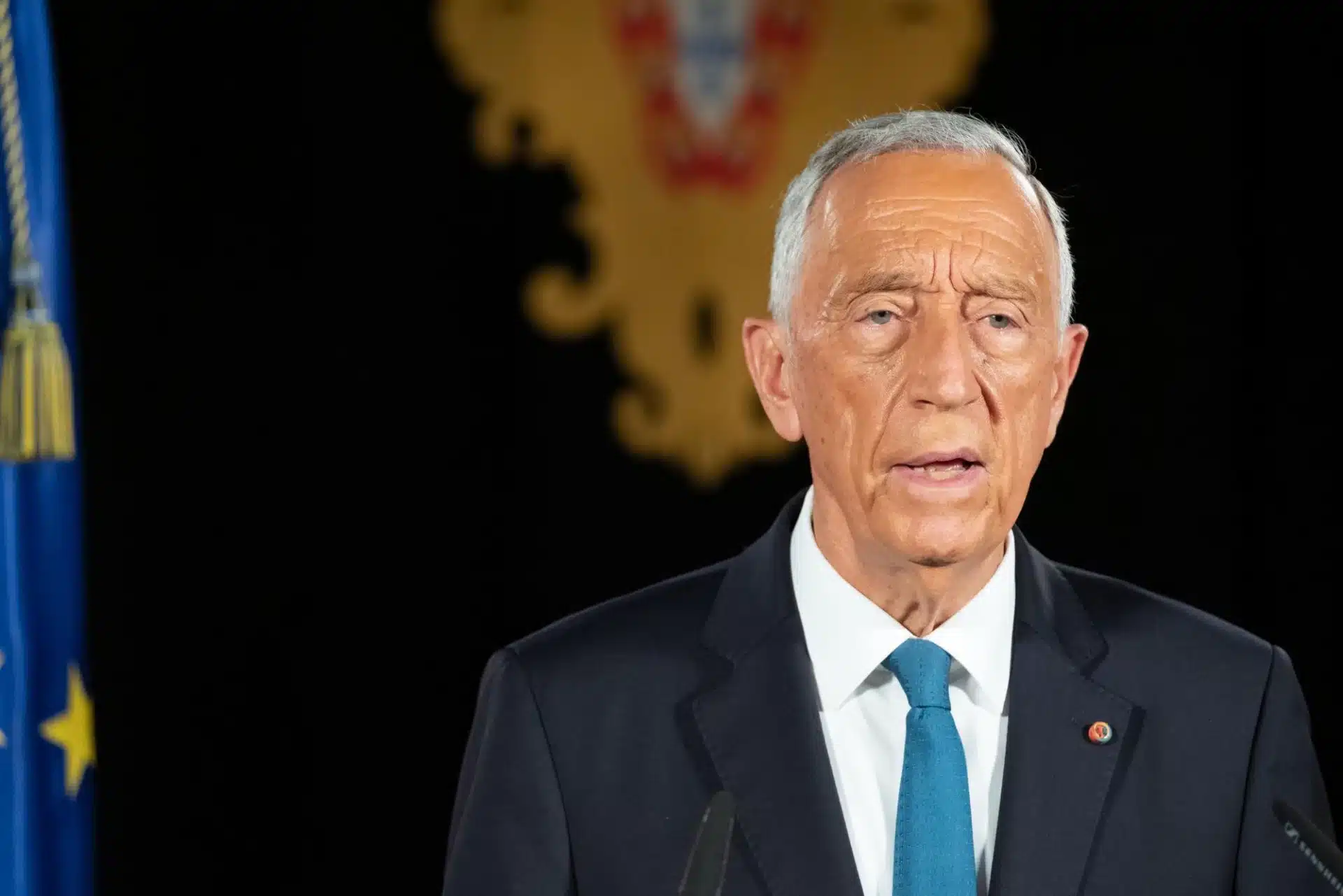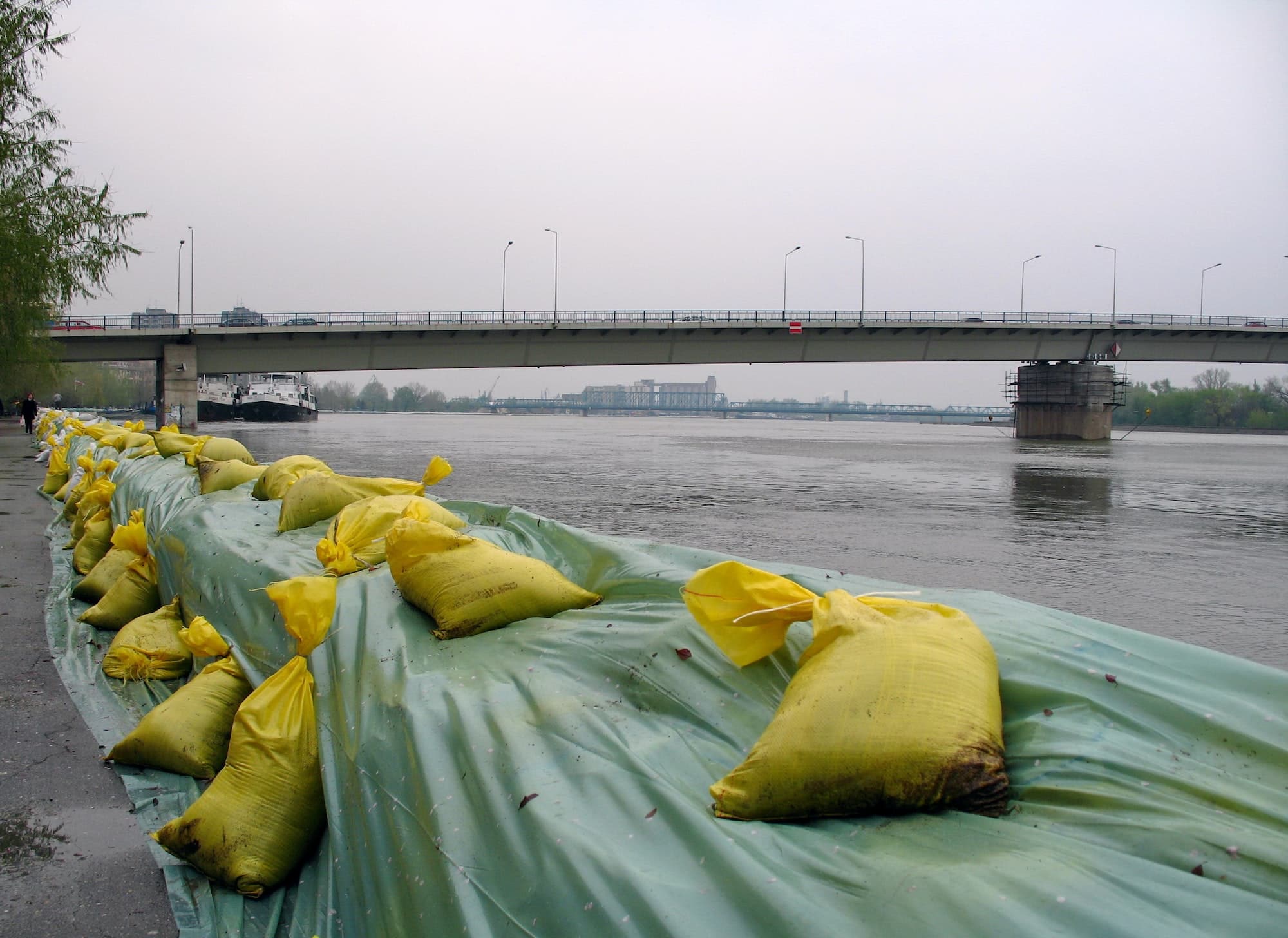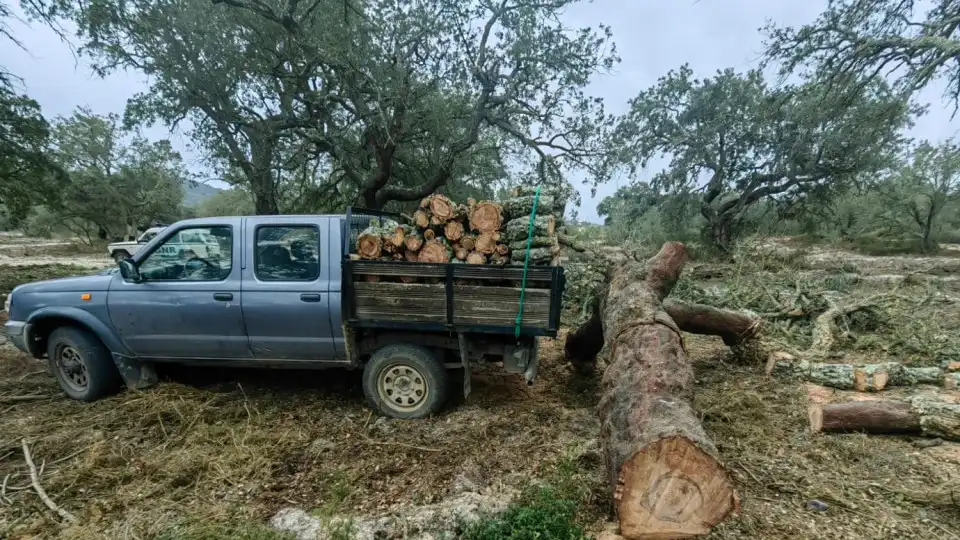The right bank of the Nabão river, at the entrance to Tomar, is the subject of a 2.8 million euro intervention to prevent the risk of flooding and “return the river to the inhabitants”, the mayor said today.

The mayor of Tomar (Santarém), Anabela Freitas (PS), today received the Secretary of State for the Environment, Hugo Pires, as part of the World Day to Combat Desertification and Drought, during a visit to the rehabilitation work on the Nabão river system, in the Flecheiro region, where the construction work is taking place.
“It was an area where there was a shanty town, just at the entrance to the city and on the right bank of the Nabao. It was a situation that had been going on for over 50 years,” the mayor explained to Lusa.
Mr. Freitas indicated that the work, which began on March 22 and should be completed by the end of the year, consists of shaping the land in a natural way to prevent the risk of flooding, recalling that the Nabão is classified as a “rapid flood river”.
“Today, with climate change, the issue is even more acute”, he said.
At the same time, the intervention will enable the river to “return to the people of Tomé” in this area, and a recreational area will be created, with the planting of almost 400 trees, in “another green corridor” that will come into being in the city, he said.
According to the mayor, the 300 or so people who lived in the area at the start of her first term in 2013 have been rehoused, with the exception of one family, due to a delay in the delivery of the house allocated to them, a situation which she says has not hindered the progress of the work.
Rehousing has followed “different approaches”, with some families being placed in temporary accommodation, accompanied by a multi-disciplinary team in order to acquire “habits of living in a home and living in society”.
Others were rehoused in municipal neighborhoods, where “a great deal of work was also done between the host community, which was already in the neighborhoods, and the one that was integrated”, he declared.
On the other hand, the municipality has acquired houses “throughout the municipality”, where it has rehoused people, and is carrying out the various interventions, which also include the construction of buildings, as part of the local housing strategy, under the “1st Right” program, which aims to guarantee decent housing, he said.
“We didn’t want to create ghettos, specific neighborhoods for resettled people, and so far this method has been successful,” he said.
The ongoing investment in the Flecheiro area has been financed to the tune of 2 million euros under the EU’s Compete program, with the municipality covering the remainder of the funding, he added.
Anabela Freitas pointed out that the contract to rehabilitate the Seiça wastewater treatment plant was also underway, a project worth almost 2 million euros that aims to solve Nabão’s pollution problems.
On the other hand, Tejo Ambiente, which is responsible for this contract, is seeking financing for work estimated at around 20 million euros for the construction of outfalls and wastewater separators, also as part of the river clean-up, he added.









